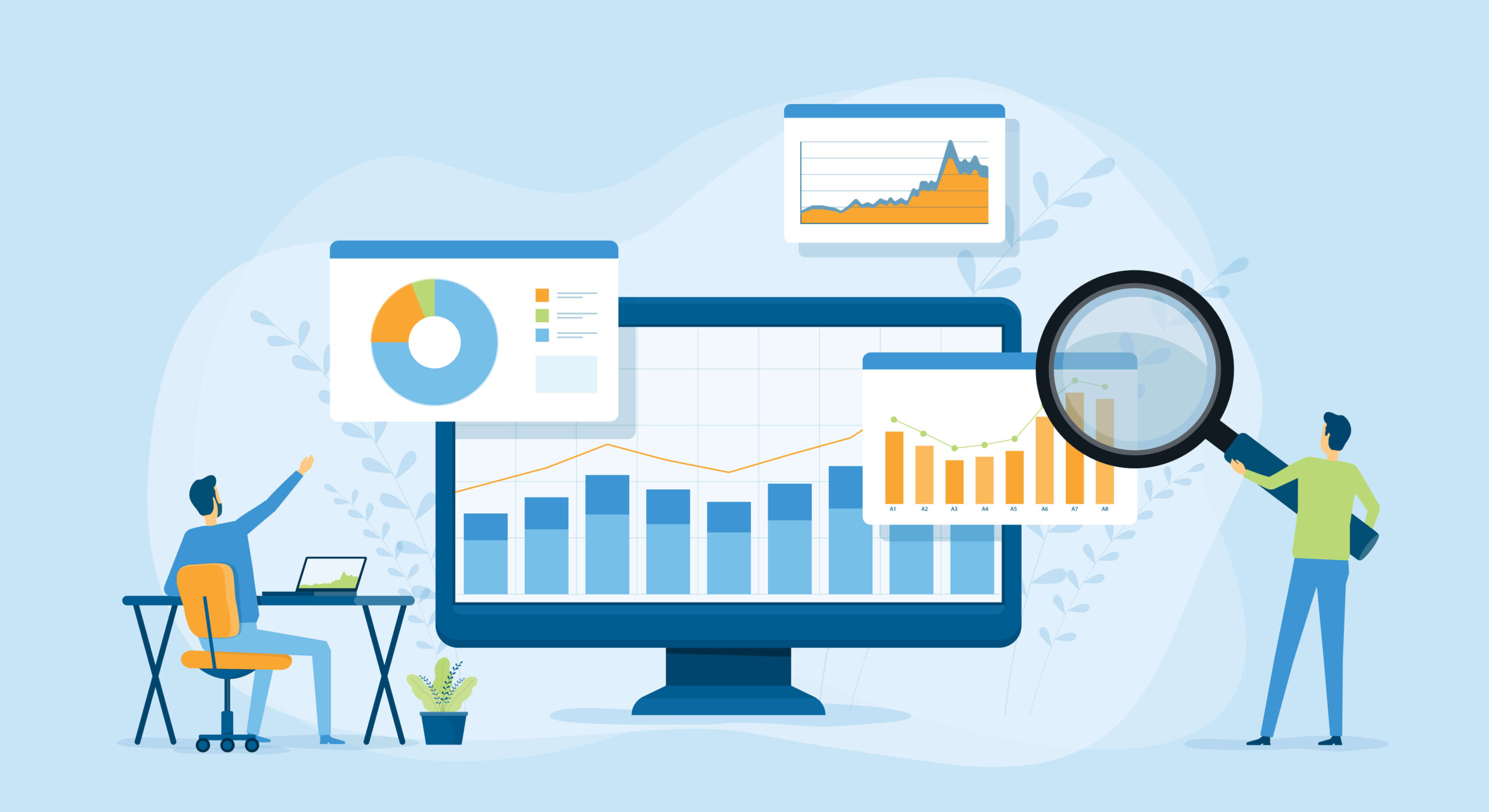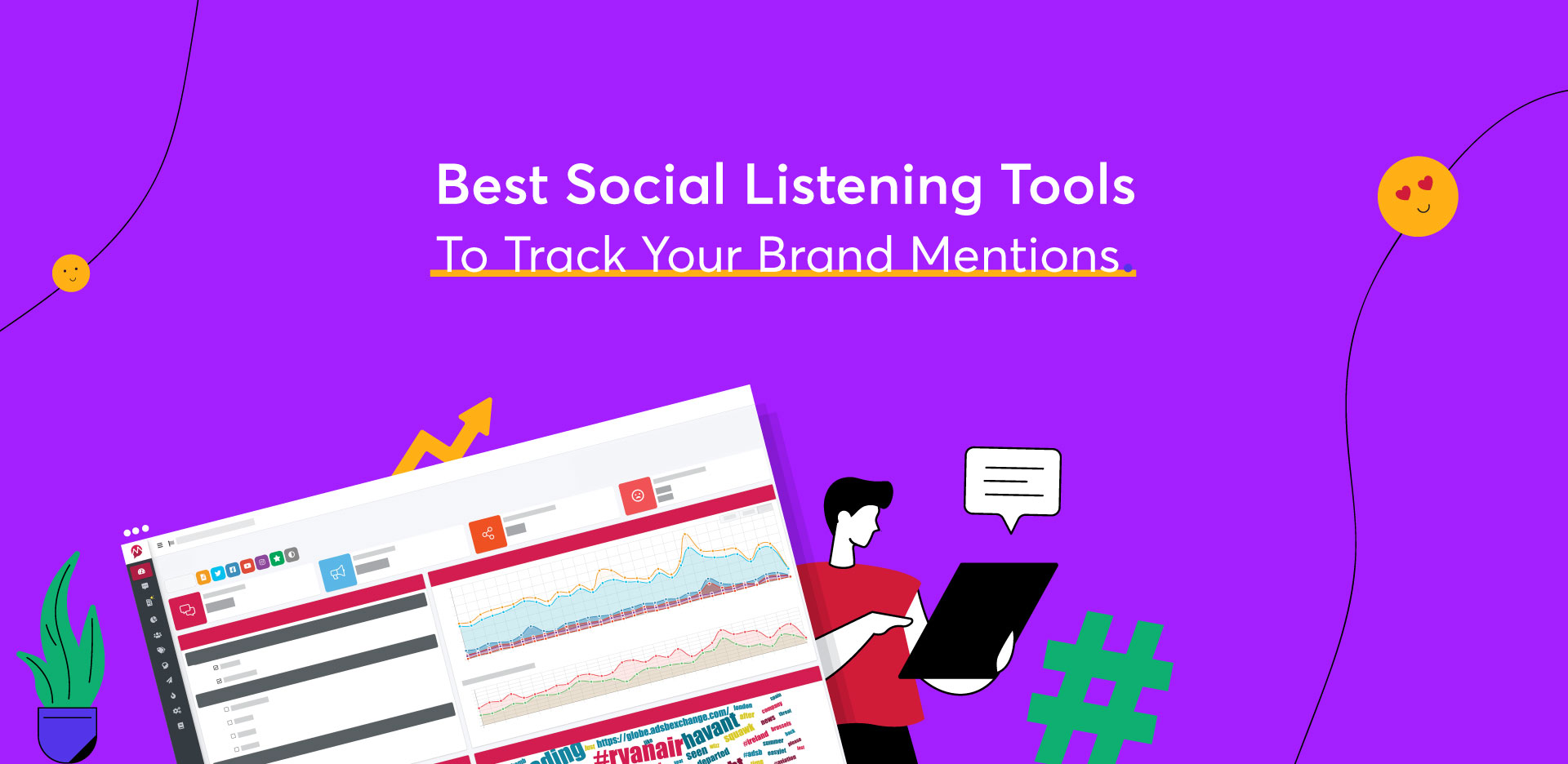In the digital age, where social media platforms have become a hub for consumer opinions and conversations, understanding your audience’s voice has never been more critical for businesses. Social listening, a powerful market research technique, enables companies to gain valuable insights into customer preferences, industry trends, and competitor activities. In this article, we will explore the world of social listening tools and how they empower businesses to make informed decisions and stay ahead of the competition.
Social Listening Tools: A Guide to Understanding Your Audience’s Voice

What is Social Listening?
Social listening, also known as social media monitoring or sentiment analysis, is the process of tracking and analyzing conversations, mentions, and keywords across various social media channels. It allows businesses to tap into the vast amount of user-generated content and collect valuable data related to their brand, products, or services.
Why is Social Listening Important?
Understanding the sentiment and opinions of your target audience is crucial in shaping your marketing strategies and brand perception. Social listening provides businesses with a real-time pulse on what customers are saying about them and their competitors. It helps in identifying pain points, preferences, and emerging trends, which can be used to create more personalized and targeted marketing campaigns.
How Social Listening Tools Work
Social listening tools utilize advanced algorithms and natural language processing (NLP) to monitor and analyze social media conversations. These tools crawl through popular platforms such as Facebook, Twitter, Instagram, LinkedIn, and more, extracting relevant data and identifying patterns in user interactions.
Key Features of Social Media Listening Tools
1. Sentiment Analysis
Sentiment analysis is a critical feature of social listening tools that help determine whether a mention or comment is positive, negative, or neutral. This analysis helps businesses gauge customer satisfaction and identify areas for improvement.
2. Trend Analysis
Social listening platforms can identify and analyze trending topics and hashtags, allowing businesses to capitalize on popular discussions and adapt their strategies accordingly.
3. Competitive Analysis
By tracking competitor mentions and activities, social listening platforms enable businesses to benchmark their performance against industry rivals and identify areas where they can outperform the competition.
4. Influencer Identification
Identifying influencers who have a significant impact on your target audience can help amplify your brand’s reach and engagement. Social listening tools can help in finding and partnering with the right influencers for your marketing campaigns.
5. Brand Monitoring
Social listening platforms keep track of brand mentions and conversations, allowing businesses to address customer queries, respond to feedback, and manage their online reputation effectively.
Benefits of Using Social Listening Tools
1. Understanding Customer Preferences
Social listening provides businesses with direct access to customer feedback, enabling them to understand their preferences, pain points, and expectations better.
2. Enhancing Brand Reputation
By promptly addressing customer concerns and providing personalized responses, businesses can improve their brand’s reputation and build stronger relationships with their audience.
3. Identifying Emerging Trends
Social listening tools allow companies to spot emerging trends in their industry, giving them a competitive advantage and the ability to stay ahead of the curve.
4. Improving Customer Service
By actively engaging with customers on social media platforms, businesses can provide real-time customer support and resolve issues quickly.
Choosing the Right Social Listening Tool
Selecting the right social listening tool is essential to maximize the benefits of this powerful strategy. Here are some key considerations:
1. Consider Your Goals and Budget
Define your objectives and allocate a budget for your social listening efforts. Some tools offer basic functionalities for free, while others may require a subscription.
2. Evaluate Data Sources and Coverage
Ensure that the tool covers all the social media platforms relevant to your business and provides comprehensive data coverage.
3. User-Friendly Interface
Choose a tool with an intuitive interface that is easy for your team to navigate and use effectively.
4. Analytical Capabilities
Look for tools that offer in-depth analytical capabilities, including data visualization and customizable reports.
5. Customer Support
Consider the level of customer support offered by the tool’s provider to ensure you receive assistance when needed.
Top Social Media Listening Tools in the Market
Tips for Effective Social Listening
1. Define Clear Objectives
Before diving into social listening, establish clear objectives and define the specific insights you want to gain.
2. Focus on Relevant Platforms
Concentrate your efforts on the social media platforms where your target audience is most active.
3. Analyze and Interpret Data
Don’t just collect data; analyze it to draw meaningful insights and actionable conclusions.
4. Act on Insights
Use the information gathered from social listening to implement changes in your marketing and business strategies.
Overcoming Challenges
1. Dealing with Data Overload
Managing the sheer volume of social media data can be overwhelming. Prioritize the most relevant data for analysis.
2. Handling Negative Feedback
Negative feedback is inevitable, but how you respond to it can make a significant difference in brand perception.
3. Ensuring Data Privacy and Security
Be mindful of data privacy regulations and secure customer information gathered through social listening.
Future Trends
As technology advances, social listening tools will become more sophisticated, offering deeper insights and real-time analysis.
Conclusion
Social listening tools have revolutionized the way businesses understand their customers and competitors. By harnessing the power of social media data, companies can make well-informed decisions, boost customer satisfaction, and build stronger brand relationships. Embracing social listening as a strategic tool will undoubtedly drive success in today’s fast-paced digital landscape.
Are you ready to take your business to the next level? Request a demo from AIM Technologies and discover how our advanced social listening tool can empower your brand.
FAQs
How often should I conduct social listening?
- The frequency of social listening depends on your business’s scale and goals. For larger companies, daily monitoring might be necessary, while smaller businesses can conduct weekly or monthly checks.
Can social listening tools analyze non-English content?
- Yes, many social listening tools have multilingual capabilities, allowing them to analyze content in various languages.
Are social listening tools suitable for small businesses?
- Absolutely! Social listening tools come in various price ranges and functionalities, making them accessible to businesses of all sizes.
Can social listening tools track offline mentions?
- Some advanced social listening tools can track offline mentions through other channels like news outlets and forums.
How can I measure the success of my social listening efforts?
- Track metrics such as sentiment analysis, engagement rates, and the number of actionable insights derived from social listening.




